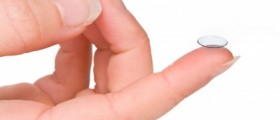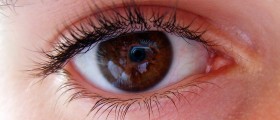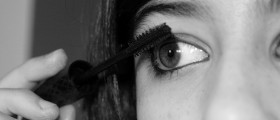
The eyelid as a very complex part of the eye. It has numerous functions and in case of any kind of damage the eye lid can temporary or permanently lose its functions. The essential role of the lid is to protect the eye from trauma. This is achieved with a simple closure of the eye. The eyelashes that grow from the lid are responsible for catching debris and they also inform an individual when something is to close to the eye. Furthermore, at the root of the eyelashes there are many glands that secrete products that bathe the eye and keep it moist.
A Potentially Devastating Lid Infection
In case any of the previously mentioned glands (to be more precise their canals) get clogged, the products synthesized by the glands cannot be eliminated properly and their accumulation inside the canals leads to infection.
One potential infection of the lid is medically known as sty. The condition develops in a form of a red bump in the lid. The bump is painful and tender to touch. In more severe cases the entire lid can be swollen and red. Furthermore, blepharitis is another infection of the eyelid. In this case the infection affects the eyelash follicles along the edge of the eyelid. The affected lid is inflamed and the lid margin is red. There is also debris on the lid surface. The eyelids affected by blepharitis are usually crusty, reddened, swollen, itching and burning and one may feel as if he/she has sand or dust in the eye.
One more serious condition of the lid area is dacryocystitis. This is an infection of the nasolacrimal sac and is generally caused by an obstruction of the nasolacrimal duct. Dacryocystitis is typically characterized by pain, redness and swelling of the inner moist area of the lid and excessive tearing. There is a chance of secondary infection with several bacteria including Staphylococcus aureus, Streptococcus pneumoniae or Pseudomonas. Dacryocystitis is classified as acute and chronic and it may result from tear duct malformations, injury, trauma or is a consequence of a previous infection.
Treatment for Dacrocystitis
In all previously mentioned conditions, especially in dacryocystitis, it is essential to start with an aggressive treatment in order to prevent secondary complications. The infected nasolacrimal duct is irrigated. This maneuver clears any obstructions and clears away bacteria infected puss. If irrigation is not effective a person undergoes surgery. Inflammation is additionally taken care of with oral antibiotics, topical antibiotics or a topical steroid. Patients must be monitored and go for regular check-ups. This way the doctor can get an insight in eventual spread of the infection to the surrounding tissues.

















Your thoughts on this
Loading...